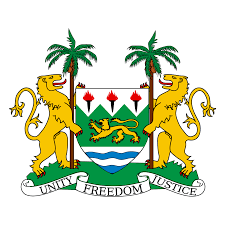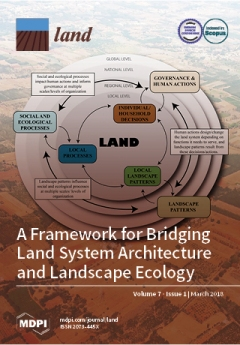Farmer field schools on land and water management in Africa
As this book shows, farmer field schools have proven to be a very useful approach for helping
African farmers to improve how they manage their land and water. Numerous projects throughout
Africa have shown that they result in improved soils, better yields and higher incomes for farmers.
The document summarizes some of these experiences, points out successes, and – equally important
– shows constraints and gaps that need to be addressed. Particularly important is the list of policy





